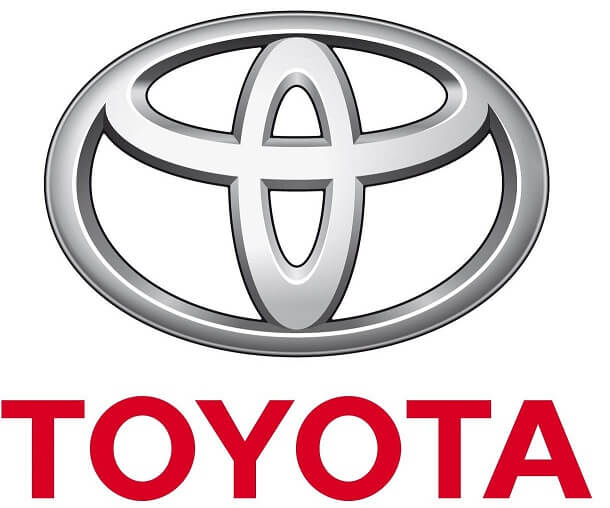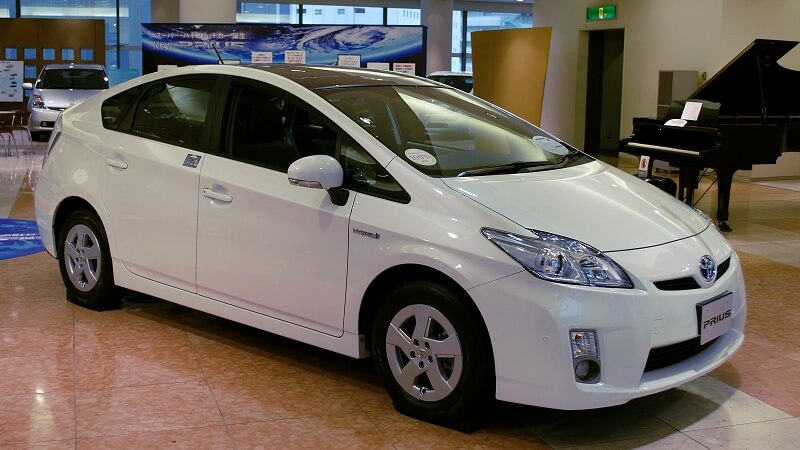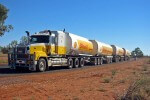Every success is a story. Success is best described as a gradual process and not a one-off incident. It entails conquering numerous challenges, celebrating many booms, and clearly, these do not come all at once. And so it is with the story of the legendary Toyota. Not many have the slightest idea of the many trials that Toyota, the celebrated and highly rated company, has gone through. However, that it is one of the most recognized brand names in the motor vehicle industry, especially in Africa, is beyond argument.
From the 19th Century
The growth of the Toyota business empire can be traced from 1867 when an innovator, Sakichi Toyoda, was born. This was the man who invented the first automatic loom on which he proceeded to set up a spinning and weaving company in 1924. The Toyoda Spinning and Weaving Company was highly boosted by the automatic loom so that Platt Brothers, a British Company, bought the production and sales rights from him at £100,000. Now this cash was the capital that essentially set up the Toyota we see and adore today.
Initial Capital acquisition
This is the fortune that Sakichi passed to his son Kiichiro Toyoda who incidentally had traveled to Europe and America in 1929 to learn and investigate more about gasoline-propelled autos and probable mass production. Coincidentally, the Japanese government was in dire need of vehicles to facilitate the Sino-Japanese battle. This demand could not have come at a better time. The company was given a straight jump-start.
Start of the Automobiles department
In 1933, an automobile department was started at Toyoda Automatic Loom Works Ltd. This is the department that would involve itself in the vehicle production activities. It would not take long for the department to start impacting on the global society, as by 1936, the first product, the AA sedan was ready and availed for market. Noticing the promising growth potential, the Toyota Motor Co. Ltd was founded note the slight change of name (Toyoda is Kanji version while the latter is katakana). A commercial plant at Honsha was established two years later to start production.

One of the Toyota off-road best, the Prado
Image source: http://www.mtrentacar.in
The economic crunch
Every journey has its downs and Toyota’s came in 1950 when it faced severe financial problems which consequently saw the retirement if Kiichiro Toyoda as CEO. Soon after, there was a re-branding to Toyota Motor Sales Co. Ltd. Kiichiro was succeeded by Taizo Ishida who superintended the comeback of the company its former glory. Just four years into his era, the company was exporting cars to USA. In 1966, the company launched one of its popular models, the Corolla, which received a very warm welcome in the market. Around this time, business partnerships with Daihatsu Motor Co. Ltd and Hino Motors Ltd were started, seeing it get bigger and better.
Many joints and partnerships
By mid 1980s the company’s joint venture with General Motors was already producing cars in USA, a step that was also replicated in the United Kingdom and several other European and Asian countries.
In 2010, Prius, launched in 1997 as the world’s first mass produced hybrid vehicle, hit the 2 million mark worldwide after reaching a million mark only two years earlier. The numbers are steadily rising due to the rising popularity.
However, the company faced one of its lowest financial times in 2008 following the global financial crunch. Sales were dismally low and the company had to alter its production budget by a great margin. The motor giant has a very successful racing venture as seen in their company website http://www.toyota-global.com/







